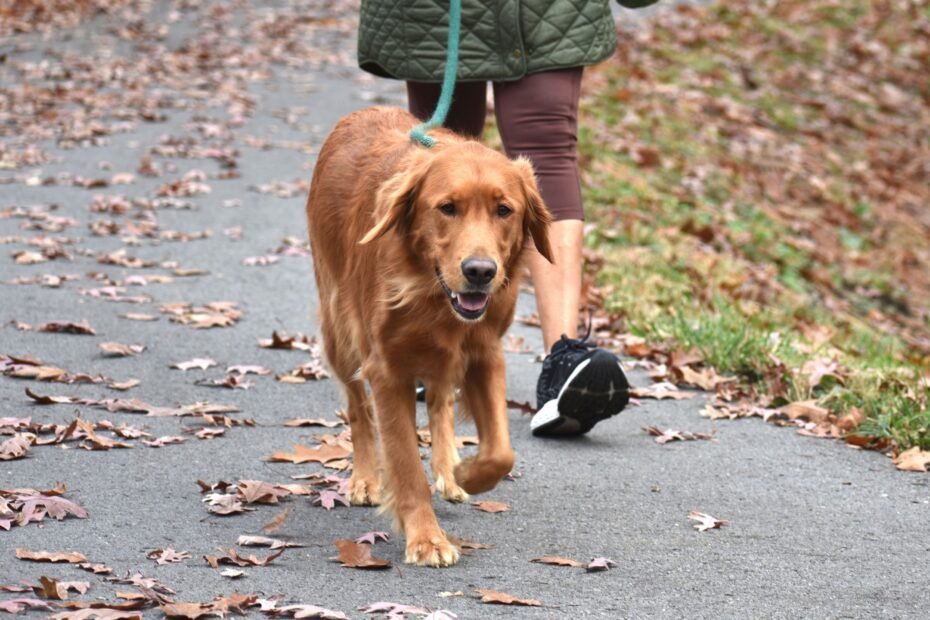Introduction Walking your dog is not just about exercise—it’s an opportunity for bonding and training. However, certain behaviors can compromise your dog’s safety and the enjoyment of the walk. Here are ten things veterinarians recommend you should never do when walking your dog.
1. Avoiding Aggressive Behavior If your dog exhibits aggressive behavior towards other dogs or people, avoid confrontations. Keep a safe distance and redirect their attention with treats or commands. Seek professional help from a trainer or behaviorist to address aggression issues.
2. Skipping Warm-Up Just like humans, dogs benefit from warming up before physical activity. Start with a slow pace to allow your dog’s muscles to loosen up and prevent injury.
3. Ignoring Signs of Discomfort Pay attention to your dog’s body language and signs of distress during walks. If they seem tired, overheated, or in pain, take a break and assess the situation. Consult your veterinarian if you have concerns about your dog’s health.
4. Using Retractable Leashes Unsafely While retractable leashes offer flexibility, they can pose risks if not used properly. Avoid letting your dog roam too far ahead, as this can lead to entanglement or accidents. Use a fixed-length leash in crowded or high-traffic areas for better control.
5. Letting Your Dog Off-Leash in Unsafe Areas Off-leash walks can be enjoyable, but only in safe and designated areas. Avoid letting your dog roam freely in busy streets or areas with potential hazards. Always follow leash laws and respect other people’s space.
6. Allowing Excessive Pulling Teach your dog proper leash manners to prevent excessive pulling. Use positive reinforcement techniques, such as treats or praise, to encourage loose-leash walking. Consistency and patience are key to mastering this skill.
7. Not Cleaning Up After Your Dog Responsible pet ownership includes cleaning up after your dog’s waste. Carry waste bags during walks and dispose of them properly in designated bins. Failure to do so not only poses health risks but also reflects poorly on dog owners.
8. Overexerting Your Dog Know your dog’s physical limitations and avoid overexertion during walks. Adjust the pace and duration of the walk based on your dog’s age, breed, and fitness level. Provide plenty of water breaks, especially on hot days.
9. Letting Your Dog Approach Unknown Objects Prevent your dog from approaching unknown objects or substances during walks. Some items may be harmful or toxic, posing a risk to your dog’s health. Keep a close eye on your surroundings and steer clear of potential dangers.
10. Neglecting Training Consistent training is essential for a well-behaved and obedient dog. Practice basic commands such as “sit,” “stay,” and “heel” during walks to reinforce good behavior. Investing time in training sessions strengthens the bond between you and your dog.
Conclusion By avoiding these common pitfalls, you can ensure a safe and enjoyable walking experience for both you and your furry companion. Remember to prioritize your dog’s well-being and behavior while out on walks, and always be a responsible pet owner.
FAQs
- How can I stop my dog from pulling on the leash?
- What should I do if my dog encounters aggressive dogs during walks?
- Is it safe to walk my dog in extreme weather conditions?
- How often should I take my dog for walks?
- What are some tips for leash training a puppy?
